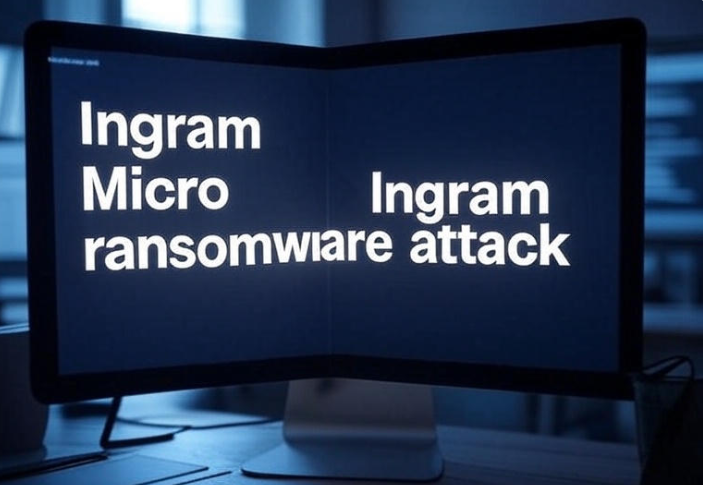In a move that’s stirring up the tech world, Microsoft has officially pulled the plug on yet another Windows 10 feature, signaling its relentless push toward Windows 11 adoption. As reported by Zak Doffman in a recent Forbes article (March 24, 2025), the tech giant has eliminated a key option that many Windows 10 users relied on, leaving them with fewer choices and a pressing question: what now?
The Change in Question
Microsoft’s latest decision targets a specific Windows 10 functionality—though the exact details may vary, the Forbes piece highlights the company’s ongoing strategy to phase out support for the older operating system. This isn’t the first time Microsoft has trimmed Windows 10’s offerings, and it certainly won’t be the last. With the official end-of-support date for Windows 10 looming (October 14, 2025), the company is tightening the screws, nudging users toward upgrading to Windows 11 or exploring alternative solutions.
For those still clinging to Windows 10—whether due to hardware compatibility issues, preference for its interface, or sheer stubbornness—this move is a wake-up call. Microsoft is making it clear: the clock is ticking, and the options are shrinking.
Why Is Microsoft Doing This?
The reasoning behind Microsoft’s decision is twofold. First, it’s about resources. Maintaining two operating systems simultaneously is a costly endeavor, and with Windows 11 now firmly established, Microsoft wants to consolidate its efforts. Second, it’s about the future. Windows 11 brings enhanced security features, a modernized design, and better integration with Microsoft’s cloud ecosystem—think Copilot, Azure, and beyond. By phasing out Windows 10 options, Microsoft is incentivizing (or, some might argue, forcing) users to embrace the new OS.
But this aggressive push isn’t without controversy. Many users feel abandoned, especially those whose devices don’t meet Windows 11’s stringent hardware requirements—like the infamous TPM 2.0 and Secure Boot mandates. For them, this latest cut feels like another nail in the coffin.
What Can Windows 10 Users Do Now?
If you’re among the millions still running Windows 10, don’t panic just yet. Here are your options moving forward:
- Upgrade to Windows 11
If your hardware supports it, upgrading might be the simplest path. Check Microsoft’s PC Health Check tool to confirm compatibility. Windows 11 offers a sleek experience and ongoing updates, ensuring you stay secure beyond 2025. The downside? You might need to adjust to a new interface and workflows. - Stick with Windows 10 (For Now)
With support ending in October 2025, you’ve got a little over six months left as of today, March 24, 2025. You can keep using Windows 10, but be warned: once updates stop, vulnerabilities will pile up. This is a short-term fix, not a long-term solution. - Explore Third-Party Support
Some companies are stepping in to offer extended security updates for Windows 10 beyond Microsoft’s deadline—likely for a fee. It’s not an official solution, but it could buy you time if you’re not ready to upgrade or switch. - Switch to a New OS
Feeling adventurous? Linux distributions like Ubuntu or Linux Mint are free, lightweight, and increasingly user-friendly. They won’t run all your Windows apps natively, but tools like Wine or virtual machines can bridge the gap. Alternatively, if you’re in the Apple ecosystem, a Mac might be worth considering. - Upgrade Your Hardware
If your PC can’t handle Windows 11, a new device might be on the horizon. It’s an investment, but it ensures you’re future-proofed with the latest software and security.
The Bigger Picture
Microsoft’s decision reflects a broader trend in tech: companies are accelerating the obsolescence of older systems to keep pace with innovation. For users, it’s a double-edged sword—new features and security come at the cost of flexibility and familiarity. As Doffman notes in his Forbes article, this isn’t just about one feature dying; it’s about Microsoft drawing a line in the sand.
For now, Windows 10 loyalists need to weigh their priorities. Are you holding out for nostalgia, practicality, or principle? Whatever you choose, the countdown to October 2025 is on—and Microsoft isn’t slowing down.
What’s your plan? Are you upgrading, switching, or riding Windows 10 into the sunset? Let’s hear your thoughts! Comment!



